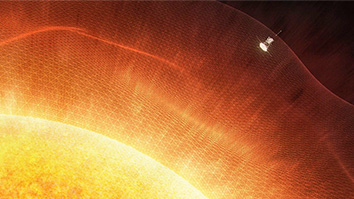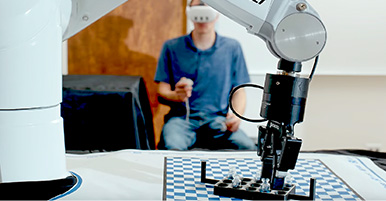Citation
Kiesel, P.; Beck, M.; Bassler, M.; Schmidt, O.; Johnson, N. M.; Buergel, T. Class identification of pathogens based on native fluorescence spectroscopy on-a-chip. (Invited talk) SPIE Defense + Security Symposium (DSS) 2008; 2008 March 16-20; Orlando; FL; USA.
Abstract
Native fluorescence spectroscopy is a promising approach for pathogen detection since it is sensitive and requires neither specific binding nor tagging of the analyte. Specificity can be met by a combination of multi-color excitation, collection of detailed spectral information and optimized evaluation techniques. Our approach achieves these requirements with a compact solution that includes on-chip native fluorescence spectroscopy. Our compact, low-cost pathogen detection platform combines a fluidic channel with a chip-size, distributed spectrometer that is optimized for recording fluorescence spectra from moving analytes or particles as they traverse the channel. Large-volume, continuous fluorescence excitation is achieved by incorporating the fluidic channel in an anti-resonance waveguide. Either laser diodes or LEDs can be attached directly onto the fluidic platform for convenient and efficient waveguide coupling of the multi-wavelength excitation. Simultaneously monitoring total intensity and spectrally-resolved emission yields accurate spectra for particle discrimination. For the detection of native fluorescence of biological samples, such as an individual bacterial agent, it is favorable to use ultraviolet light. We have developed a fluidic cell that guides 266-nm-excitation light and permits detection of the ultraviolet region of the spectrum. Our on-the-chip fluorescence spectroscopy allows for class identification of pathogens and its sensitivity is sufficient to characterize single cells traversing the channel with a flow speed up to 0.5 m/s.


